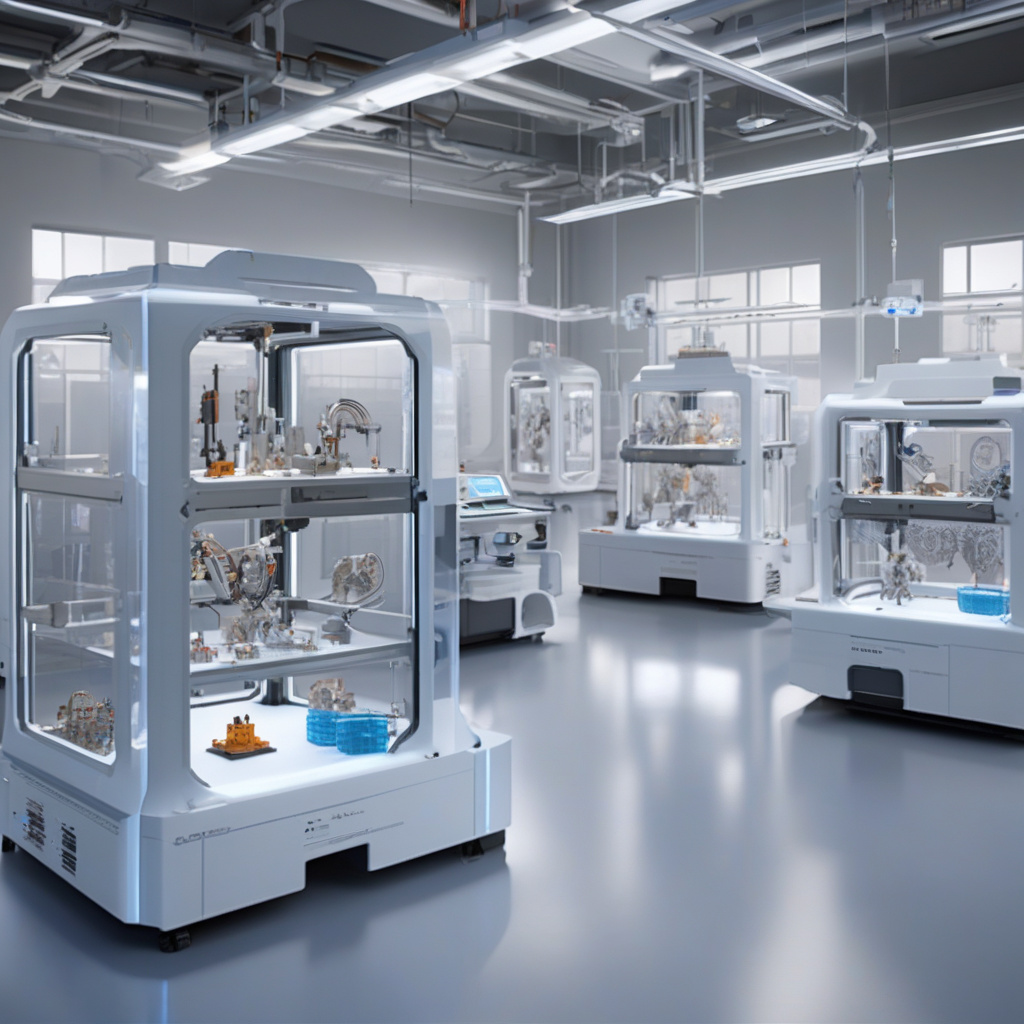Revolutionizing Manufacturing: ORNL’s Dual-Material 3D Printing Method Set to Elevate Aircraft and Energy Technology
A new research partnership between the Department of Energy’s Oak Ridge National Laboratory (ORNL) and the University of Maine Advanced Structures and Composites Center has unveiled a groundbreaking dual-material 3D printing method that has the potential to significantly enhance the realms of aircraft and energy technology. This innovative approach is poised to redefine traditional manufacturing processes, offering a myriad of benefits and paving the way for a new era of possibilities in these industries.
The dual-material 3D printing method developed by ORNL represents a major advancement in additive manufacturing. By combining two different materials in a single print, this technique allows for the creation of complex structures with varying properties that were previously unattainable through conventional manufacturing methods. This level of customization and flexibility opens up a world of opportunities for designers and engineers, enabling them to optimize the performance and efficiency of components in ways that were once unimaginable.
One of the key areas where this dual-material 3D printing method is expected to make a significant impact is in the aerospace industry. Aircraft components require a delicate balance of strength, durability, and lightweight properties to ensure optimal performance. With ORNL’s new technique, engineers can now design and fabricate parts that are not only lighter and stronger but also tailored to meet the specific requirements of each application. This level of precision and customization has the potential to revolutionize the way aircraft are built, leading to more fuel-efficient planes and ultimately reducing carbon emissions.
Moreover, the energy sector stands to benefit greatly from this cutting-edge technology. The ability to create components with enhanced thermal conductivity, corrosion resistance, and other specialized properties can lead to more efficient energy generation and storage systems. From wind turbines to solar panels, the impact of ORNL’s dual-material 3D printing method could improve the performance and longevity of critical energy infrastructure, ultimately contributing to a more sustainable future.
In addition to its technical advantages, this innovative approach also offers economic benefits. By streamlining the manufacturing process and reducing material waste, dual-material 3D printing has the potential to lower production costs and increase overall efficiency. This cost-effectiveness makes it an attractive option for industries looking to improve their bottom line without compromising on quality or performance.
As with any emerging technology, there are challenges to overcome and further research to be done. However, the potential of ORNL’s dual-material 3D printing method to revolutionize the aerospace and energy industries is undeniable. By pushing the boundaries of traditional manufacturing and unlocking new possibilities for design and performance, this groundbreaking technique has the power to shape the future of technology in ways we have yet to fully realize.
In conclusion, ORNL’s dual-material 3D printing method represents a significant leap forward in additive manufacturing, with far-reaching implications for aircraft and energy technology. By harnessing the power of customization, efficiency, and cost-effectiveness, this innovative approach has the potential to transform industries and drive innovation to new heights.
ORNL, Dual-Material 3D Printing, Aerospace, Energy Technology, Additive Manufacturing












